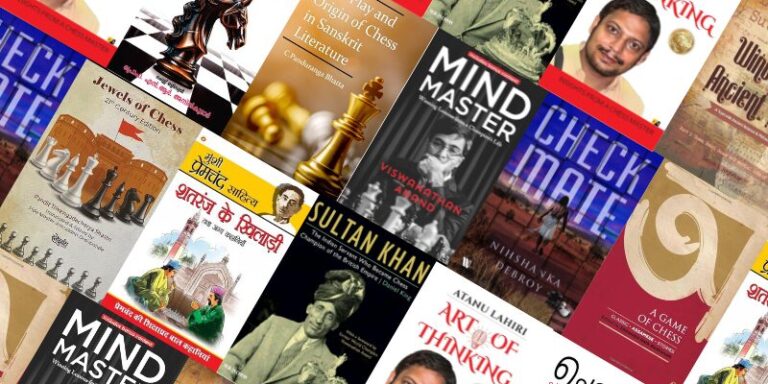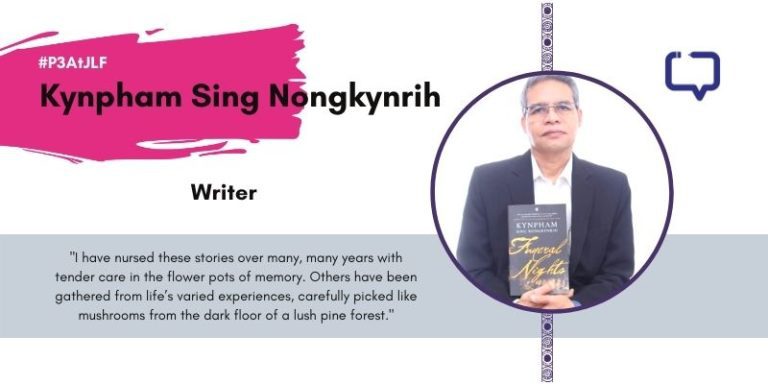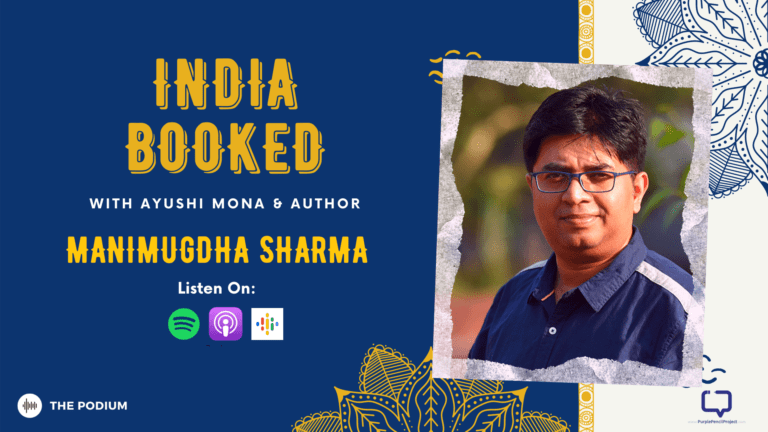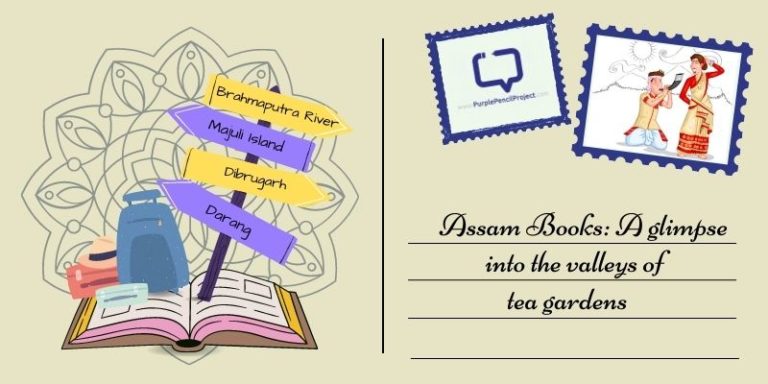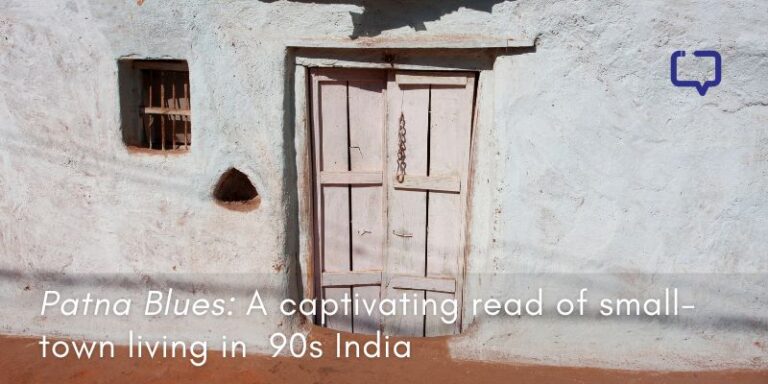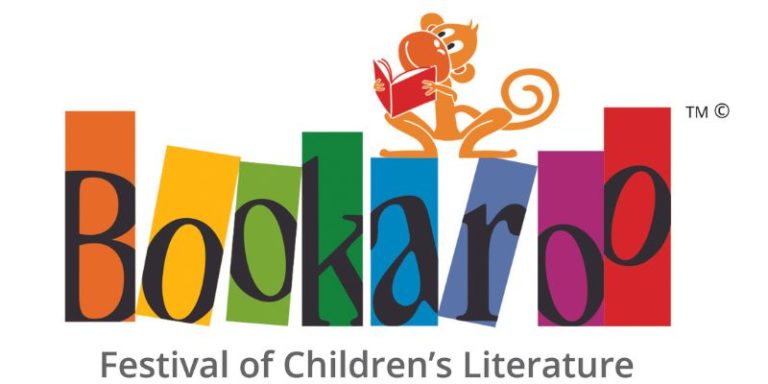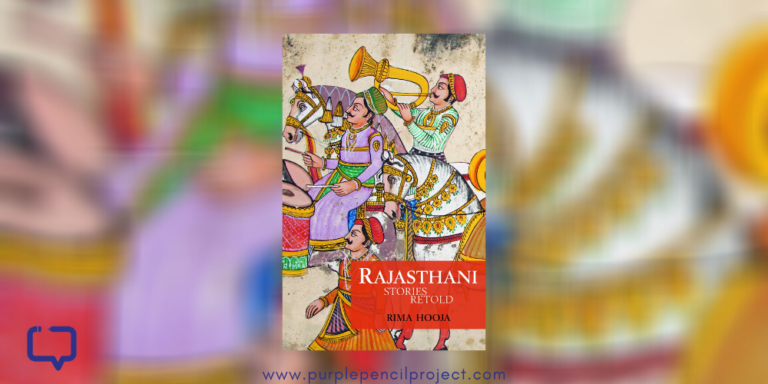Localisation, the practice of adapting content or information in the cultural context of the target audience, is an inclusive choice with enormous economic benefits. This includes not only language but also tone, imagery, visuals, UI and more. Translation is just one part of this process.
English is the most popular language on the web, used in over half of the content available online. This is not surprising. The internet as we know it emerged in the West, and as such, every tiny detail that it is built on suits the Anglo-American speaker and reader more. From database structures to search engines to LLMs for AI models – English is the default.
Yes, English is now spoken by nearly 2 billion people on the planet. But that’s still only 20% of the world’s population, and only 5% of the world claims it as a native language.
This is not an essay on linguistic imperialism. It’s a reminder that for everyone, corporates and individuals, there’s a vast chunk of a potential consumer base whom they are either alienating or unable to reach out to simply because they are stuck to promoting their products and services in that one language alone. This is where localisation for India, among the largest consumer markets in the world, steps in.
India’s Linguistic Map
Take the case of India, for instance. As per the last census conducted in 2011, Indians speak about 123 languages (about a million speakers of each). Percentage wise, Hindi is spoken by over 40% of the population. Other languages count for single digits. But 8% of Indians is still about 10 crores. Or a 100 million! If that’s not staggering…
This diversity and the dominance of our languages are reflected in data on digital consumption, including social media trends too.
In 2019, between May and December, Google revealed two important statistics in its Year of Search India report:
- Nearly 40 million new Internet users were added from 2015-18, and nine out of ten such new users are Indian-language users.
- Internet usage and growth will be majorly driven by non-metro cities, which are fast catching up with the metro cities.
A similar study made in 2023 by Kantar, on Indian Languages also highlights the need for hyper-local content, which is relatable and highlights the community’s voice.
Language and localisation play a big part in this. These data points, can also be verified through anecdotal observations. Look around yourself.
What language are the WhatsApp forwards in?
Have you ever noticed the likes and subscribers on Hindi versus English language content?
What language do you hear when you walk down the street of your neighbourhood?
At dinner tables of more than five people?
As part of our work in Indian literature with the Purple Pencil Project on Instagram, we regularly observe that any story about non-English cultures far exceeds engagement in English language content.
It’s not just us. Look at the views and subscribers between two of the most well-known stand-up comics in India – Anubhav Singh Bassi and Vir Das.
Bassi has 5.4 million followers.
Vir Das has 994k.
(As of August 4, 2024)
These statistics speak about a cultural nuance of India and Indians, and as the country transitions to becoming one of the largest consumption centres of the world, understanding its relevance is important for businesses.
Whether you are global, pan-Indian or local, your plans for expansion will include Indian non-urban areas; areas which are digitally active and growing, aspirational, yet rooted in their language and cultural ethos.
This connection with language is not related to mere literacy alone. English language content can be understood easily by that target audience.
But it’s not the language people relate to. It’s not English alone that will inspire trust and community and by extension, loyalty, the driving forces of brand-building efforts.
Translation is the first step of localisation
All trends point to the fact that localising your business development and marketing efforts is imperative for success. People in smaller towns are using the internet to search for information related to everything, from insurance to education, beauty, and travel, more than metros. It is imperative to get every piece of communication out in a language your growing market understands.
Translation is just the first step in that journey. The first few things you should immediately get translated are:
1. The website, the first touch point of your business
2. Any offline banners and marketing collateral
3. Online posters and campaigns, especially if they cater to a particular festival
4. Pamphlets, flyers, newspaper ads
5. Company literature for local employees
6. Packaging copy
7. Social media graphics and caption copy
8. Videos/reels and other AV content in one of the 24 languages of India
Depending on the size, nature of your business, the intention of your communication, and the direct target audience, any intended indirect marketing efforts; what you need to translate when will change.
A good way to start evaluating your localisation and translation needs:
- Make a list of the top five regions/geographies your customers are from or potential customers can come from
- Find the top non-English languages of the region
- Create internal and external communication collaterals in all the relevant languages

Localisation: A step ahead from translation
Translation is the lowest hanging fruit in the localisation journey and helps in marketing the product. But true localisation goes several steps ahead of that, integrating the fundamentals of DEI into the product itself. It includes:
- Customised UI/UX: As simple as having UI copy in the local language, using symbols that will be colloquially understood, and being mindful of the sensibilities of the region when writing copy is incredibly powerful. Think button text, product labels, tutorial videos, and more.
- Images: One of the biggest problems with stock images is the lack of representation. South Asia suffers, so there’s little chance that non-stereotyped images for your local region exist. Invest in creating a bank of photos that are representative of your market—its food, clothing, culture, festivals, traditions, quirks, etc.
- Legal and regulatory requirements: Honestly, this should be a mandate. Terms and conditions should be translated into all possible languages to give your consumers a fair chance.
- Customer Support and Documentation: Ensure that all supporting and help-related resources are available in the consumer’s language. This includes chat bots, help documentation, FAQs, and more.
For more, set up a consultancy call with the Purple Pencil Project team. Email query@purplepencilproject.com
P3’s translation and localisation services
At Purple Pencil Project, we have a network of over 100 translators from across 20 Indian languages whom we work with for all your project needs. These include:
- Film Subtitling and script translation for dubbing: For filmmakers unsure about getting their movies and shows dubbed, or are questioning its investment, check this article by Ormax Media on how dubbing transforms reach exponentially.
- Translation of banner ads
- Translation of press releases
- Website translation and proofreading
- Translation of fiction and non-fiction books
- Translation of terms and conditions
- Translation of blogs
These translators work on each project as a tag team of two, with one translator acting as a writer and the other as an editor to ensure flawless submissions.
Each submission is checked and crosschecked between these independent teams of two, adding colloquial, informal, rooted use of words, expressions, phrases, and the cultural milieu.
While AI language translators for Indian languages are developing, they are not adequate to capture nuances. Where they are, they still require human editors to avoid errors and irresponsible translations.

Purple Pencil Project’s translation and localisation services are driven by a decade of humanistic inquiry and studies and a solid rootedness of the idea of both culture and being local.
Our experience in marketing and branding helps connect the local with the global while being culturally sensitive.
If you would like to know more, please email us at query@purplepencilproject.com
Purple Pencil Project and The Translators’ Corner
Offering translation services for us is an extension of our mission: to bring India’s languages and storytelling experiences to the world.
For the largest part of the region’s history, these two have been the same. It’s impossible to talk about India without talking about our languages. And it’s impossible to talk about languages without acknowledging the role of colonialism, the role of our education systems, in degrading our relationship with our mother languages.
Translation is a two-way exercise:
1. To make global communication available to those in India
2. To make Indian language stories, content, products, and businesses reach global audiences.
Purple Pencil Project exists to do both. We hope that we are able to make Indians proud of our languages again. To understand the value of accepting them as our own again. To not feel like we are less knowledgeable in our mother languages than in English. To prevent our languages from going extinct. From reducing the divisions we face because of our many languages. We hope to do this by:
- Translating folklore and classic Indian literature into English
- Creating language learning modules for our mother languages
- Inspiring future generations to get in touch with their mother languages through social media campaigns
- Digitising classic Indian books from different languages and making them accessible to everyone
Recruiting our services also indirectly supports us in preserving India’s storytelling heritage.
If you are a certified or even aspiring translator of any Indian language into English and the other way round, come. Be a part of our community, where we share translation gigs, tips, and opportunities and seek advice. Join The Translators’ Corner today.











